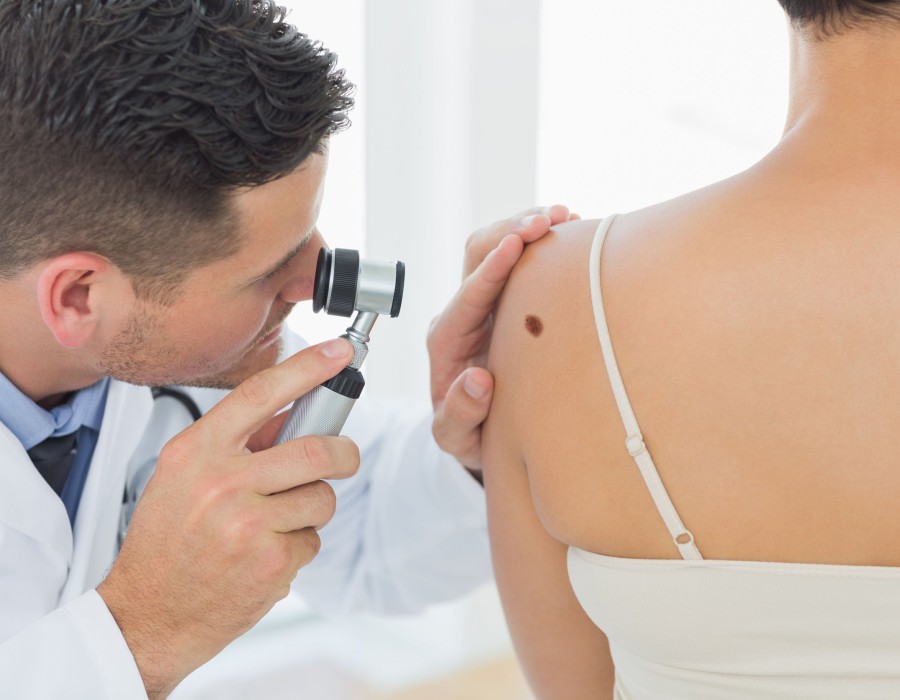Dermoscopy is a breakthrough in dermatology, allowing doctors to evaluate moles with remarkable accuracy. However, one common question patients often ask is whether this technique works equally well on all skin types. The good news is that dermoscopy is a versatile tool designed for diverse skin tones and textures, making it suitable for everyone. Dermoscopy Mole Evaluation in Dubai has gained popularity among people of different ethnic backgrounds because it provides detailed insights into mole structures, regardless of pigmentation levels or skin type variations.
How Dermoscopy Works on Different Skin Types
Dermoscopy uses magnification and light to reveal structures beneath the skin’s surface that are not visible to the naked eye. The device illuminates the area, reducing surface reflection and allowing the dermatologist to see deeper pigmentation patterns and vascular structures.
On lighter skin tones, pigment networks and color changes are easier to identify. On darker skin, dermoscopy remains effective because it focuses on structural patterns, not just color, making it a reliable diagnostic method for everyone.
Challenges and Adaptations
- Higher Pigmentation: Darker skin types have increased melanin, which can sometimes mask subtle patterns. Experienced dermatologists use polarized light and pattern-based analysis to overcome this.
- Keloid Formation Risk: Though dermoscopy is non-invasive, darker skin types prone to keloids benefit from this method since it eliminates unnecessary biopsies.
- Sun Damage Indicators: Lighter skin types often show UV-related changes more visibly, which dermoscopy can detect early.
Why Universal Application Matters
Skin cancer does not discriminate based on skin tone. While fair-skinned individuals are at higher risk of melanoma, people with darker skin can still develop serious conditions, often diagnosed late because warning signs are less obvious. Dermoscopy bridges this gap by enhancing visibility and accuracy across all skin types.
Benefits for All Skin Tones
- Accurate Pattern Recognition: Works for both high and low pigmentation.
- Early Detection for Everyone: Helps identify cancer risks in all ethnic groups.
- Non-Invasive and Safe: No skin damage, making it suitable for sensitive or delicate skin.
Who Should Consider Dermoscopy?
Regardless of skin tone, anyone with multiple moles, a history of skin cancer, or noticeable mole changes should undergo dermoscopic evaluation. For residents in sunny climates like Dubai, regular checks are even more critical.
Conclusion
Dermoscopy is not limited by skin type—it is a universal tool for mole evaluation and early cancer detection. Whether you have light, medium, or dark skin, this advanced technique ensures accuracy and safety, making it an essential part of preventive healthcare.






Comments